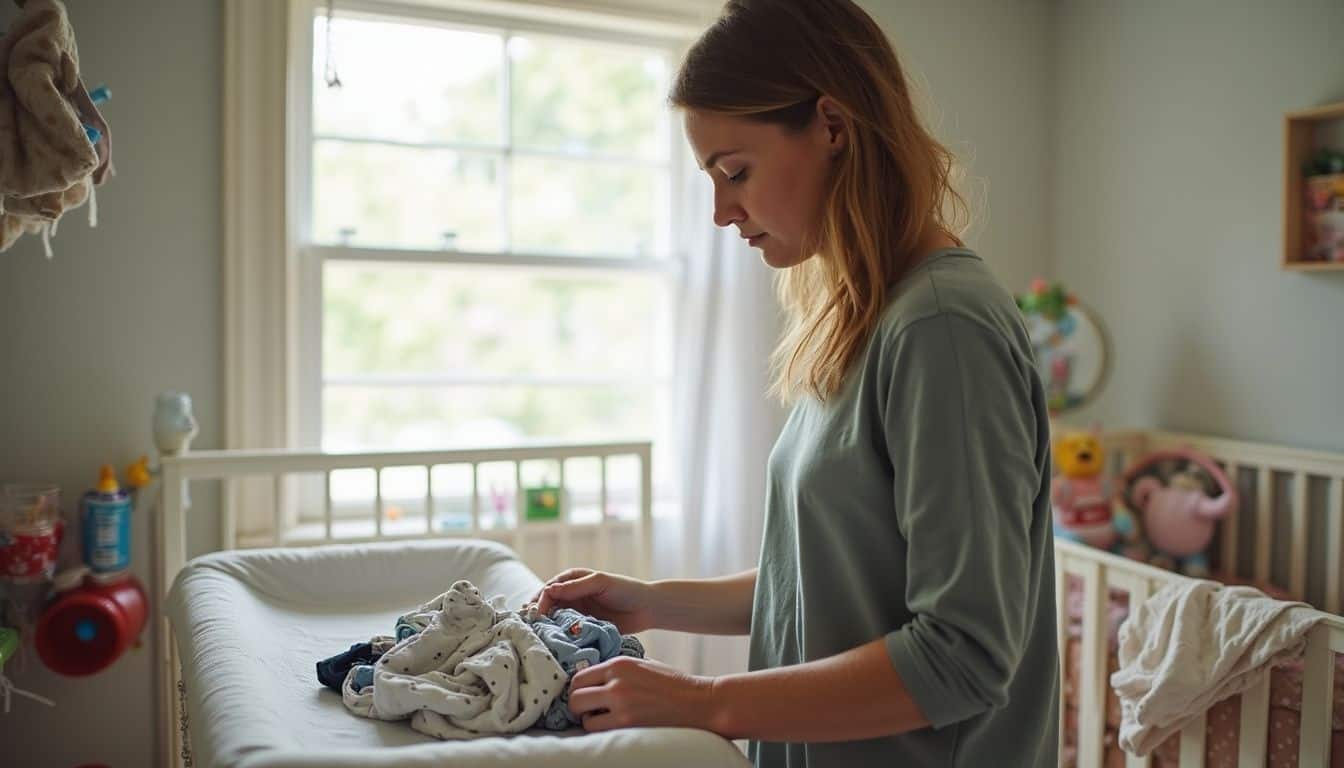Have you ever stood in a store, holding a tiny, adorable onesie with a shocking price tag and wondered, “Are expensive baby clothes really any better?”
You’re definitely not alone in asking that.
While it’s true that some designer brands use high-quality materials like organic cotton and eco-friendly fabrics, a higher price often has more to do with the brand name than actual quality.
I’m going to walk you through exactly what to look for, from fabrics to stitching, so you can build a wonderful baby wardrobe without feeling like you have to spend a fortune. Let’s figure this out together.
Key Takeaways
Expensive baby clothes often feature premium materials like organic cotton, bamboo, and GOTS-certified fabrics, which are fantastic for sensitive skin. However, the high cost is frequently tied to branding rather than a massive leap in quality.
While a designer Disney outfit might cost over $35 and get great reviews for comfort, real-world tests often show that affordable bodysuits from places like Target or Old Navy can outlast boutique items through dozens of washes.
Premium brands do stand out with details like reinforced seams, durable YKK zippers, and safe trims that boost durability and resale value. Well-cared-for pieces from brands like Hanna Andersson can recover up to 40-60% of their original price on resale sites.
Affordable baby clothes made from soft cotton or bamboo can hold up surprisingly well. In contrast, cheap polyester blends common in fast fashion are more likely to cause skin irritation or lose their shape quickly.
Second-hand shopping is a game-changer for budget-conscious parenting. It saves money, reduces landfill waste, and helps you manage those constant growth spurts while finding unique styles.
Table of Contents
Key Factors That Determine Baby Clothing Quality
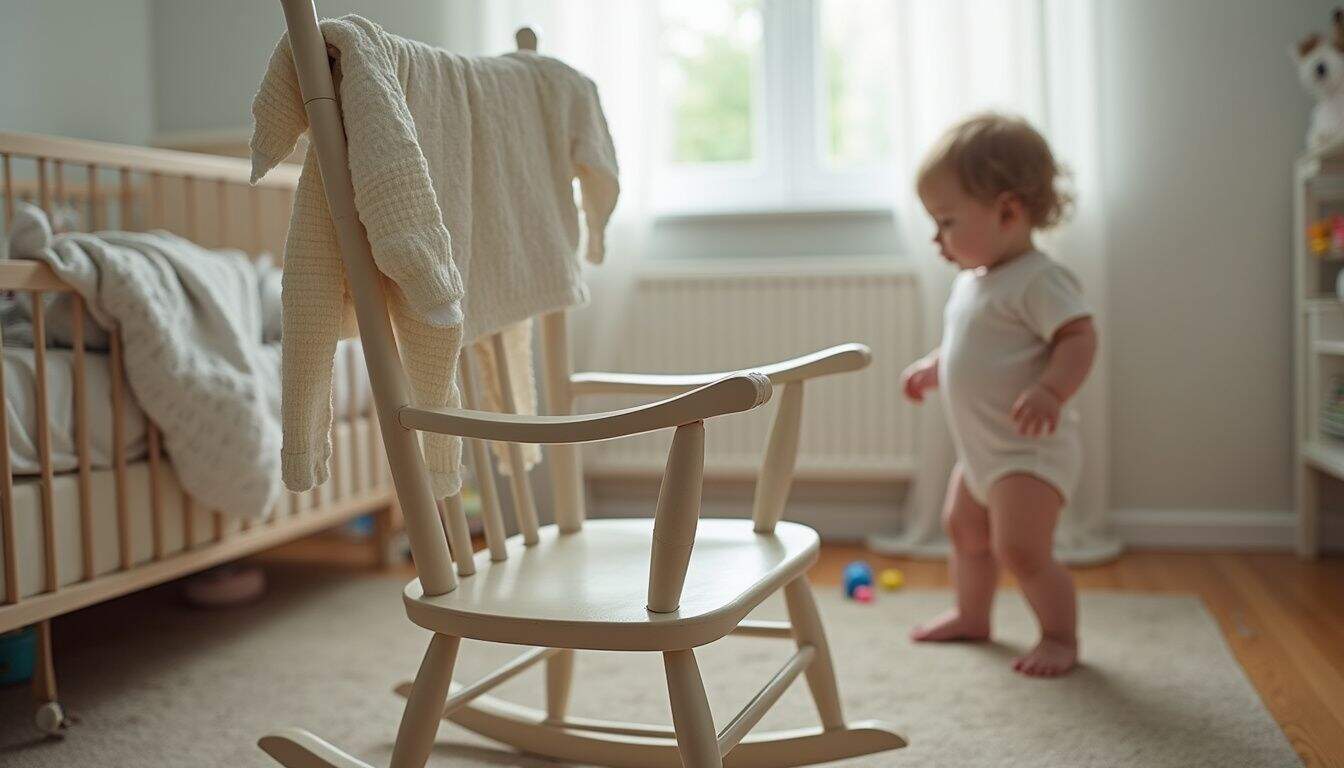
The right materials and thoughtful construction can make all the difference for your baby’s comfort and your peace of mind. Soft fabrics prevent irritation, while strong seams ensure the outfits can survive endless cycles in the washing machine.
What Fabrics and Materials Are Best for Baby Clothes?
Organic cotton is a top choice for a reason, it’s breathable and soft, which is a lifesaver for a baby’s delicate skin. With conditions like eczema affecting up to 25% of children, according to the National Eczema Association, choosing a gentle, non-irritating fabric is more than just a preference, it’s a necessity.
https://www.youtube.com/watch?v=AeQmdxOhcko
Rayon from bamboo is another incredibly popular option because it feels silky soft and has odor-resistant properties. Brands like Kyte Baby and Little Sleepies have built a huge following around their bamboo pajamas. However, a little insider tip from parenting forums, the delicate fibers in bamboo can sometimes develop tiny holes if you don’t wash them on a delicate cycle, preferably in a mesh laundry bag.
You’ll also see certifications that provide extra assurance.
- GOTS (Global Organic Textile Standard): This ensures the cotton is organically grown and processed without harsh chemicals.
- OEKO-TEX Standard 100: This label certifies that every part of the garment, from the thread to the buttons, has been tested and found free of harmful substances.
On the other hand, it’s often best to avoid synthetic materials like polyester and nylon for everyday wear, especially in fast fashion lines. These textiles can trap heat and moisture, which can lead to diaper rash or heat rash. I learned this the hard way with a cute polyester footie that left my son’s skin red and irritated.
If you’re curious about the benefits, you can check out some wonderful bamboo baby clothes to see how soft they are.
How Does Craftsmanship Affect Baby Clothing Quality?
Great fabric is the starting point, but craftsmanship is what makes a piece of baby clothing truly last. It’s all in the small details that signal a garment is made to withstand pulling, stretching, and countless messes.
High-quality stitching is one of the biggest factors. Look for tight, even stitches with no loose threads. A great pro-tip is to gently pull on the seams, if you see gaps appear between the stitches, the construction is likely poor. Premium brands often use techniques like flat-felled seams, which are double-stitched for durability and lie flat against the skin to prevent chafing.
A well-made garment should also have high-quality hardware. Look for zippers from trusted brands like YKK, which are known for their reliability. Snaps should feel secure and shouldn’t pull away from the fabric easily.
Even decorative elements should be checked for safety. Appliqués and embroidery should be soft on the inside of the garment so they don’t scratch your baby’s skin. Brands like PatPat often feature reinforced seams and safe trims, ensuring style doesn’t come at the cost of comfort.
These details are why well-crafted baby clothes can be passed down to siblings or friends, reducing waste and saving money.
How Durable Are Different Types of Baby Clothes?
Durability is where you really see the difference between a throwaway outfit and one that becomes a beloved hand-me-down. Premium babies’ clothing typically uses high-quality knitwear and sturdy organic cotton that holds its shape and color after many washes.
In contrast, some cheaper children’s clothing can suffer from shrinkage and color bleeding after just a few laundry cycles. However, this isn’t a universal rule. Many affordable brands now offer impressive durability.
Target’s Cat & Jack line is a perfect example. They are so confident in their quality that they offer a one-year return policy. If an item rips or wears out before a year, you can return it for a replacement. This shows that affordable doesn’t have to mean low quality.
Mid-range clothes often find a happy medium, using soft yet sturdy recycled blends that offer both comfort and resilience. I’ve found that some of the best-lasting items in my son’s wardrobe were secondhand bodysuits that had already been through one child. As long as you follow gentle washing practices, like those in this guide for cleaning cloth diapers, you can extend the life of almost any garment.
Are Expensive Baby Clothes Really Better?
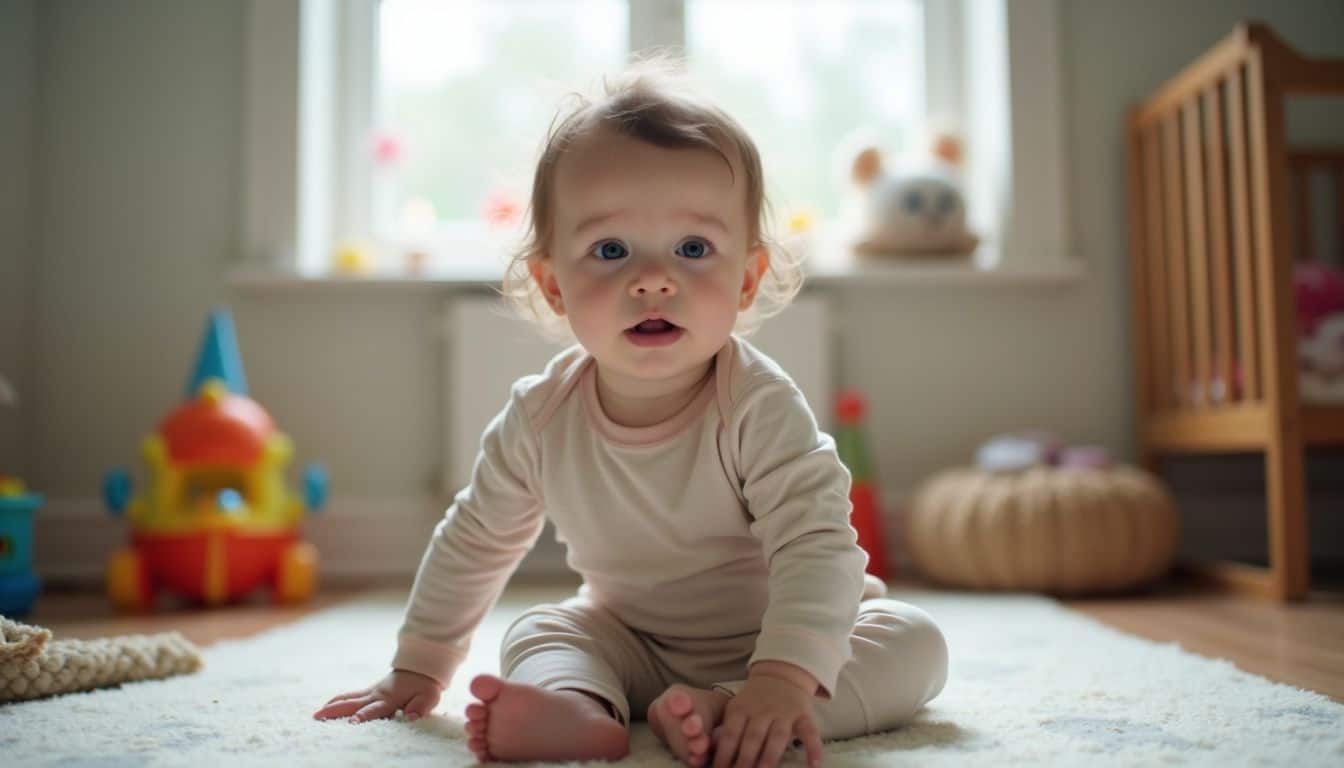
That high price tag can make you pause, but is it really justified? Let’s break down the cost-benefit analysis by looking at the fabric, ethics, and long-term value.
High-End Fabrics and Unique Designs
There’s no denying that luxury designer baby clothes often feel incredible. Brands like Bonpoint or Jacadi use exceptionally fine cotton blends and soft linings that are wonderful for baby skin sensitivity.
I once splurged on a Disney Frozen outfit that cost $35.23, and the comfort was noticeable. It scored a 4.7 out of 5 from over 100 online reviews, largely due to its premium fabric.
These brands also excel at unique touches. You’ll find hand-stitched finishes, limited-edition patterns, and detailed embroidery that make an outfit feel special. For a milestone event like a first birthday or family photos, these high-end pieces offer an eye-catching flair that makes those moments of parenthood feel even more memorable.
Sustainability and Ethical Production
A significant part of the cost of expensive apparel is often tied to sustainable and ethical practices. When you see a Fair Trade or B Corp certification, it means the brand is committed to fair wages and safe working conditions for its employees.
Luxury brands are also more likely to use GOTS-certified organic cotton, which has a much lower environmental impact than conventional cotton. Conventional farming can strain soil and water resources, and fast fashion contributes massively to landfill waste. According to the Environmental Protection Agency, landfills received 11.3 million tons of textiles in 2018 alone, and that number continues to grow.
Eco-mom blogger Sarah Miller puts it perfectly: “Buy what you love once, not five times a year.”
Choosing fewer, higher-quality items that can be handed down is one of the most sustainable choices you can make. It’s about shifting from a disposable mindset to one that values longevity and mindful consumption.
Resale and Hand-Me-Down Value
This is where splurging on quality can actually be a smart financial move. Well-made, ethically produced clothing has a fantastic resale and hand-me-down value because other families are actively seeking out durable, recyclable clothes.
Brands like Hanna Andersson, Mini Boden, and Patagonia are famous for their durability and hold their value incredibly well. It’s common for these items to sell for 40% to 60% of their original price on resale platforms like Kidizen or Poshmark.
Think about the cost-per-wear. A $60 romper that’s worn a dozen times and then resold for $25 effectively costs about three dollars per wear. That’s often a better deal than a $15 fast-fashion outfit that falls apart after a few washes and ends up in the trash. Passing down these high-quality pieces to family or friends extends their life even further, saving everyone money and reducing your environmental footprint.
Common Myths About Expensive Baby Clothes
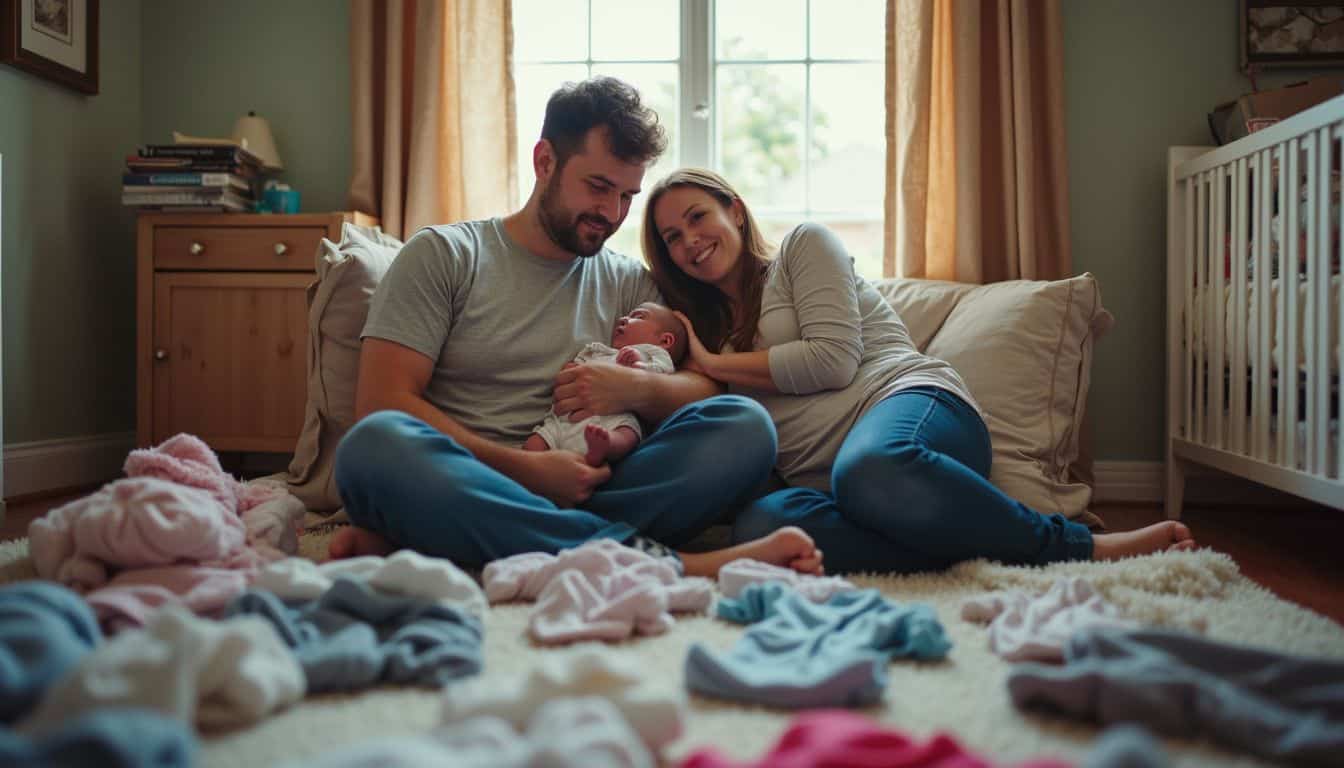
There are so many opinions floating around about high-priced baby gear. Let’s clear up a few common myths before your next shopping trip.
Does Expensive Mean More Comfortable?
Often, a higher price does mean softer, more breathable materials like organic cotton or bamboo, which can significantly improve baby comfort, especially for those with sensitive skin.
But that’s not always the case. I’ve seen some luxury special-occasion dresses that were stiff, itchy, or had scratchy seams on the inside. A high price tag doesn’t guarantee a thoughtful design. Sometimes, a simple, affordable cotton onesie from Carter’s is far more comfortable for a baby than a frilly, expensive designer outfit meant more for photos than for play.
Do Designer Clothes Last Longer?
This is one of the biggest myths. While some high-end garments are built like tanks, durability isn’t exclusive to designer labels. In my own experience, some of the most resilient pieces have been from affordable brands.
Babies grow incredibly fast, often cycling through seven different sizes in their first two years. Longevity is great, but an outfit that lasts for years doesn’t help much when your child outgrows it in three months. Frequent diaper leaks and spit-ups also mean that no outfit, no matter how expensive, is immune to stains. The real workhorses of a baby wardrobe are often the affordable basics that you aren’t afraid to get messy.
Are Affordable Clothes Always Low Quality?
Absolutely not. Many affordable brands have seriously stepped up their quality game. I once ordered several budget-friendly outfits from DHgate for an experiment, and I was shocked at how well they held up in the wash, the stitching remained intact and the fabric stayed soft.
Brands like Old Navy, H&M Baby, and Target’s Cloud Island and Cat & Jack lines consistently get high praise from parents for offering soft fabrics and solid construction at a low price. A big portion of what you pay for with designer brands is the logo and marketing, not necessarily superior materials. While you can find poorly made cheap clothes, there are plenty of affordable gems out there.
“Some $6 bodysuits from DHgate outlasted a $35 boutique romper in our laundry marathon.”
Affordable Alternatives to Expensive Baby Clothes
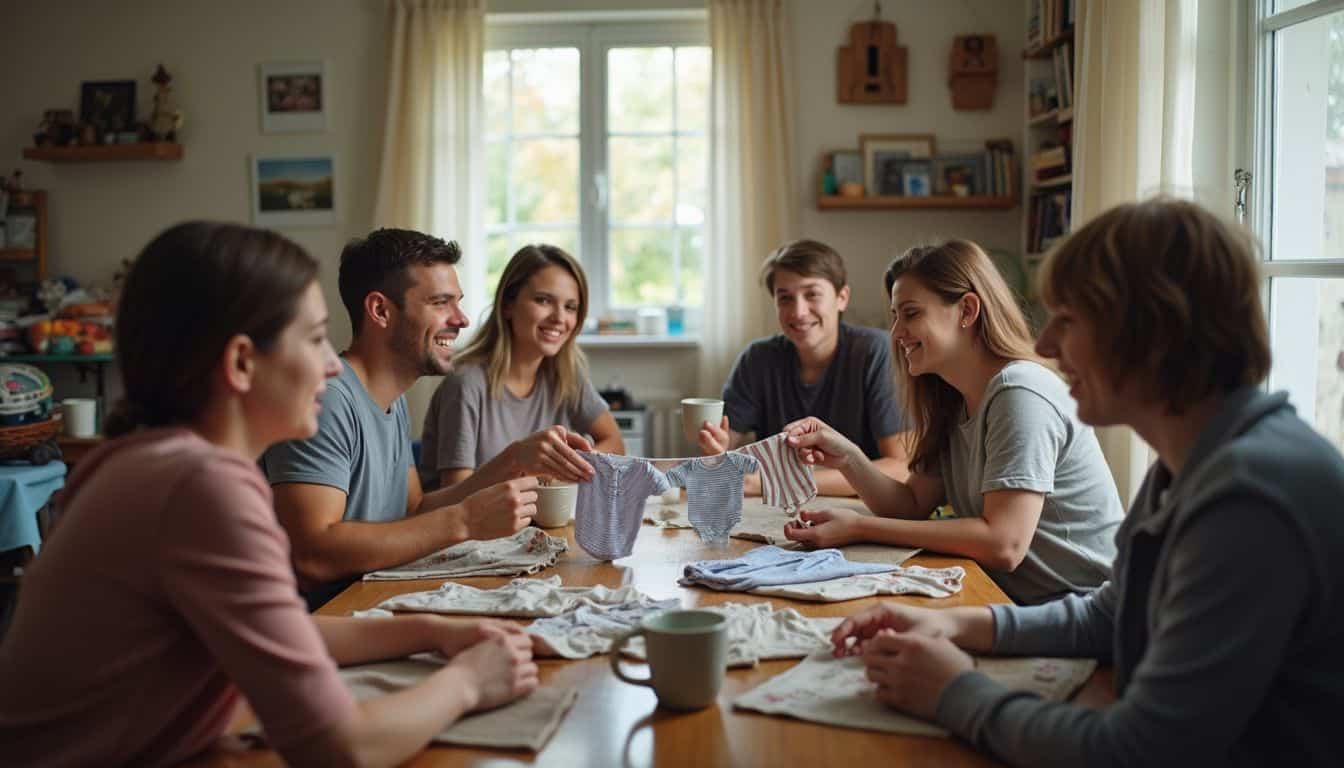
You can absolutely fill your baby’s closet with adorable, quality items without overspending. Thrift stores, online marketplaces, and even swapping with friends are fantastic ways to stretch your budget.
How to Identify Quality in Affordable Baby Brands?
You don’t need a fancy label to find clothes that are soft, durable, and easy to care for. Here’s what I look for when I’m shopping on a budget.
- Feel the fabric. Trust your touch. Look for soft, natural fibers like cotton or bamboo. A great example is the Summer Solid Color Baby Bloomers, which are 100% breathable cotton.
- Check the seams. Look for tight, even stitching. Gently pull on the seams, if they hold firm without showing gaps, that’s a good sign.
- Inspect the details. Look for reinforced knees on pants, smooth zippers, and secure snaps. These small features make a big difference in how long an item lasts.
- Read online reviews. See what other parents are saying. The Summer Solid Color Baby Bloomers, for instance, scored a 4.4 out of 5 from 58 reviews, with parents praising their softness and fit.
- Look for tagless labels. Many quality affordable brands now stamp the label information directly onto the fabric to avoid scratchy tags that can irritate a baby’s neck.
- Trust brands with good return policies. A brand like Target’s Cat & Jack that offers a one-year guarantee is clearly confident in its product’s durability.
What Are the Benefits of Second-Hand and Hand-Me-Down Clothes?
Embracing secondhand clothes is one of the best parenting hacks for both your budget and the planet. It’s a choice that comes with so many fantastic benefits.
Here’s why I’m a huge fan of pre-loved clothes:
- You save a lot of money. Most secondhand items cost between $1 and $15, which is a fraction of the original price. This is especially helpful during the first year when babies grow so quickly.
- It’s eco-friendly. Every reused onesie is one less item in a landfill. The rise of the circular economy is a powerful way to combat textile waste.
- You can access high-quality brands. Secondhand shops like Once Upon A Child or online marketplaces like Kidizen make it possible to buy premium brands like Hanna Andersson or Tea Collection at budget-friendly prices.
- The clothes are often softer. Pre-loved garments have already been washed multiple times, which can make them even softer and cozier than new ones.
- It connects you with community. Swapping clothes with friends or local parent groups is a wonderful way to build relationships and support each other through parenthood.
Balancing Quality and Cost for Your Baby’s Needs
Figuring out your baby’s wardrobe doesn’t have to be overwhelming. By focusing on what truly matters and knowing where to spend and where to save, you can create a practical and adorable collection of clothes.
How to Prioritize Comfort and Functionality in Baby Clothes?
With a baby’s delicate skin and rapid growth, comfort and ease-of-use should always be your top priorities. A happy baby is a comfortable baby.
Here are a few practical tips to keep in mind:
- Focus on soft, breathable fabrics like 100 percent cotton or bamboo to prevent irritation.
- Look for easy-access features. Envelope necks (also called lap shoulders) on bodysuits are a lifesaver during a diaper blowout because you can pull the onesie down over the baby’s body instead of up over their head.
- Choose snap crotches for quick and easy diaper changes. Zippers on pajamas are also great, especially the two-way zippers that let you change a diaper without fully undressing the baby.
- Check for sleep safety. For sleepwear, always choose items that are labeled as flame-resistant to comply with U.S. safety laws regulated by the Consumer Product Safety Commission (CPSC).
- Avoid choking hazards. Steer clear of clothes with small, decorative buttons, bows, or other embellishments that could come loose.
- Buy machine-washable items. You will be doing a lot of laundry. No new parent has time for “dry-clean only” babywear.
When Should You Splurge and When Should You Save?
Creating a baby budget is all about smart choices. Some items are worth investing in for safety and longevity, while others are perfectly fine to buy on the cheap.
Items Worth Splurging On:
| Item | Reason to Splurge |
|---|---|
| Car Seats | Safety is non-negotiable. Top brands like Graco and Chicco undergo rigorous testing to meet the latest government standards. |
| Strollers | A sturdy, reliable stroller that can handle different terrains and fold easily will be used almost daily. |
| Convertible Cribs | These grow with your child, converting from a crib to a toddler bed, saving you money in the long run. |
| Durable Pajamas | Since they’re worn and washed constantly, investing in high-quality sleepwear from brands like Hanna Andersson pays off. |
Items to Save On:
- Bassinets: Most babies outgrow them in just a few months.
- Daily Outfits: Stock up on affordable basics from places like Carter’s or Old Navy for everyday wear.
- Basic Toys: Babies are just as happy with simple stacking cups as they are with expensive gadgets.
- Designer Diaper Bags: A functional backpack with lots of pockets from a store like Target works just as well.
Using a budgeting app like YNAB (You Need a Budget) can also help you track your baby expenses and stay on top of your financial goals.
How Will Baby Clothing Quality, Costs, and Choices Change in 2025?
The world of baby clothing is always evolving, and some exciting trends are on the horizon for 2025. Parents can expect to see even more sustainable and eco-friendly choices taking center stage.
Retailers are expanding their collections of organic cotton, bamboo, and recycled fabrics, with major brands like Carter’s and Gap getting more involved. The global baby apparel market is booming, with one report from Grand View Research projecting it will reach $207.1 billion by 2027. This growth is largely driven by a rising demand for high-quality, gentle materials.
We’re also seeing the rise of innovative services that make sustainable choices easier. Baby clothes rental companies like UpChoose and Rent-a-Romper offer curated bundles of organic clothing that you can use and return as your baby grows. This is a fantastic way to access premium brands while minimizing both cost and environmental impact.
As parents become more conscious of both quality and sustainability, the market will continue to shift, offering better choices for every family’s needs and values.
People Also Ask
Do expensive baby clothes always mean better quality?
Not always, since you’re often paying more for a designer name than for durable fabric or stitching that can withstand constant washing. High-end brands may use premium materials like Pima cotton, but many affordable brands offer excellent quality with certified safe fabrics.
What key factors should I check when buying baby clothes?
Prioritize soft, breathable fabrics like organic cotton or bamboo, and look for certifications like GOTS or OEKO-TEX to ensure they are free from harmful chemicals. Check for flatlock seams that won’t irritate sensitive skin and give snaps a gentle tug to make sure they’re secure.
Are there benefits to spending more on newborn outfits?
Yes, higher-priced outfits often use superior fabrics like merino wool or organic cotton that are gentler on sensitive skin and durable enough to become hand-me-downs. These quality materials often hold their shape and softness better through frequent washing.
How do I know if a garment is worth its cost?
A garment is worth its cost if it features durable stitching and is made from high-quality, certified organic materials that you can see on the tag.
